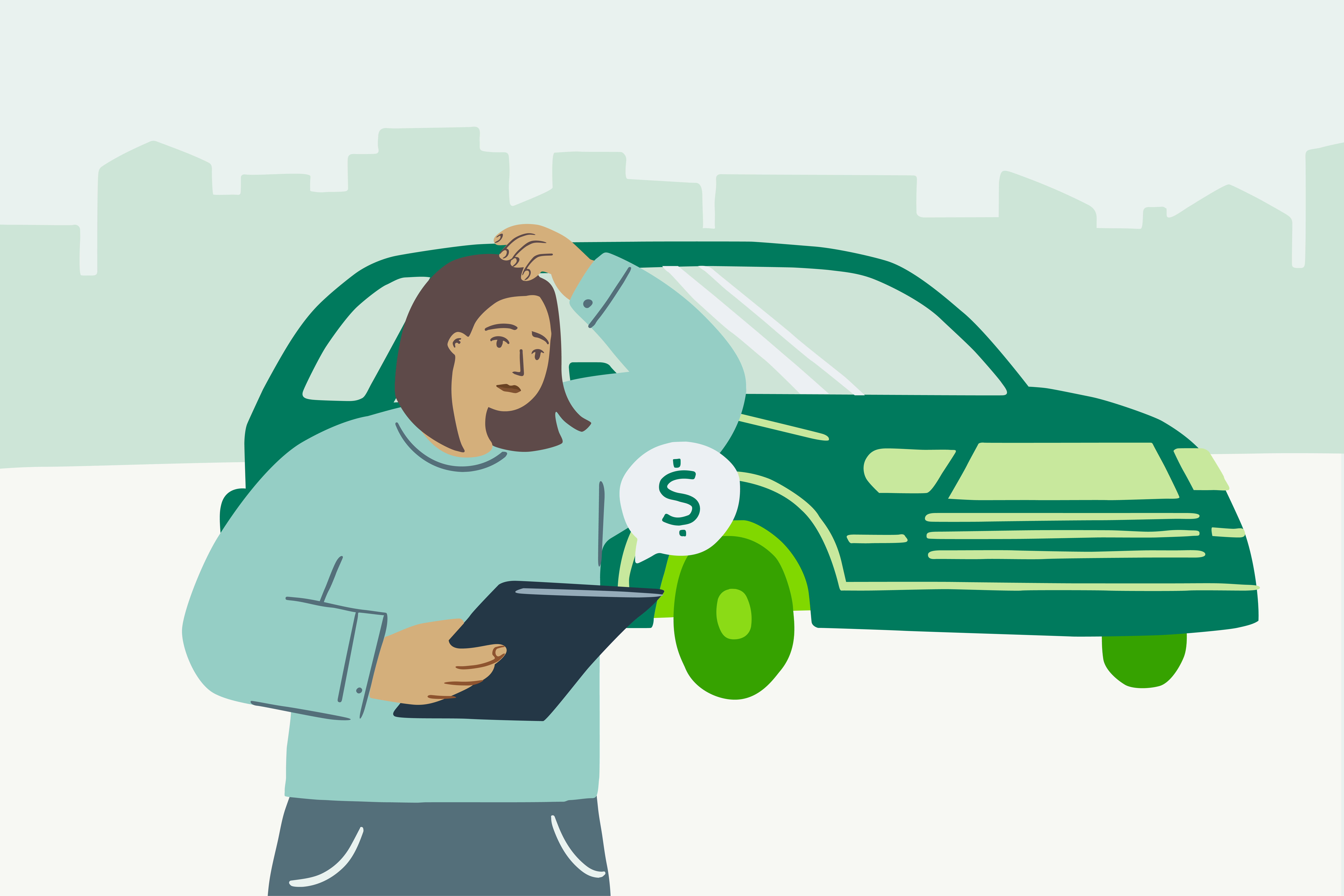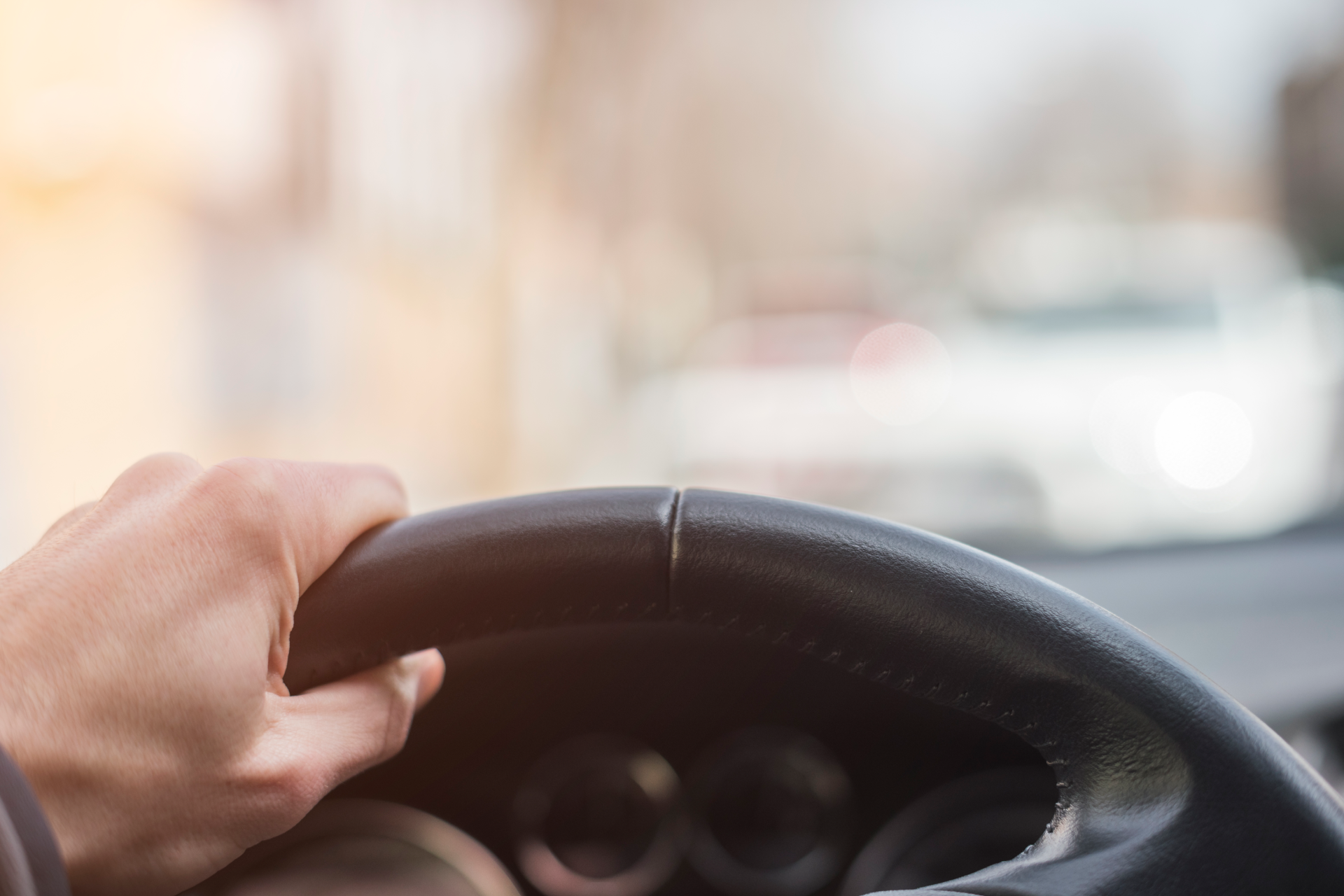Top tips and considerations for navigating multi-car accidents
September 21, 2023
You’ve likely passed by one, or maybe even been involved in one…
No we aren’t talking about your local farmer’s market. We’re talking about a multi-car accident, aka a pile up. What is a multi-car accident? As the name implies, it’s a car accident that involves more than two cars.
In the early 2022 report by the National Highway Traffic Safety Administration (
NHTSA), there was a 16 percent increase in multi-vehicle accidents from 2020 to 2021. To be more specific, in 2020 there were 17K multi-vehicle accidents on U.S. roads. In 2021, there were nearly 20K.With distracted driving, road rage and other dangerous driving behaviors contributing to multi-vehicle accidents, it’s important to understand how the logistics of car insurance can apply in those sensitive, often complex, scenarios of pile ups.
We’ll share the ins and outs of multi-accidents and offer drivers a few tips on how you can navigate a pile up, should you be involved in one.
The complexity of multi-car accidents
When you think of a pile up happening, you’re likely picturing a big headline story on social media with more than 10 vehicles crashed into one another and an entire freeway shutdown. But more often, a multi-car accident can be:
A car entering an intersection and a collision happening between two or more vehicles
A car sliding on black ice at a stop sign and hitting multiple vehicles
What are most often the causes of multi-car accidents? According to our HiRoad team, distracted drivers. Driving distracted, as we’ve talked about a time or two, is one of the main reasons for accidents on the road. The National Safety Council (NSC) reports that the total number of fatal, distraction-caused crashes increased 11 percent in 2021 compared to 2020.
Outside of distracted driving, other factors that contribute to multi-car accidents include people following other vehicles too closely or speeding. In rare instances, a medical condition like a seizure or heart attack can lead to pile ups on the road.
The effects of a multi-car accident can feel like too many to count. From injuries to damages, any accident that involves multiple people and vehicles is made more complicated because you often don't know who's involved, the full extent of the damage and what types of injuries were sustained.
For car insurance companies, pile ups often means starting with a complete and thorough investigation to try and determine fault or percentages of negligence and to then apply your own insurance coverage to meet those demands (more to come on this).
Insurance coverage in pile up accidents
Due to the complexity of multi-car accidents, often enough, minimum car insurance requirements of your state may not cover the extent of the damage. For example, in Arizona, you’re legally required to only have Liability coverage in these amounts:
You must maintain a minimum of $25,000 in Bodily Injury Liability coverage for one person and $50,000 for two people.
You must maintain a minimum of $15,000 in Property Damage Liability coverage.
And while that minimum seems like a great way to potentially save yourself some money every month, consider the scenario of a multi-car accident. While your Liability coverage can help cover for injuries or damages to the property of others (if you’re responsible), there are other factors to think about such as if there are uninsured or underinsured drivers involved or how damages to your vehicle will be addressed.
This is where other coverages beyond Liability come into play. With the Insurance Research Council reporting that 1 in 9 drivers are uninsured, it’s not a bad time to consider having Uninsured/Underinsured Motorist (UM/UIM) coverage added to your policy.
In a multi-car accident, drivers may flee the scene or carry minimal insurance, which may not cover expenses resulting from a pile up. UM and UIM coverage can help bridge gaps, offering financial protection when the responsible party is unable to fulfill their obligation.
To provide additional support, Comprehensive and Collision coverages can help cover damages to your vehicle in a multi-car accident.
Now that you know how valuable it can be to have coverages beyond the minimum state insurance requirements, you may wonder, “How
does my insurance find who’s at fault?” While figuring out who's ultimately at fault will need to be worked out with your insurance carrier, there are some specific steps that you'll want to take if you're ever involved in a multi-car accident.Steps to take after a multi-car accident
In the event you’re in a multi-car accident, one of the first steps you should take is to prioritize your safety and seek medical attention (if needed). Try and move your vehicle to a safe location and turn on your hazard lights to alert other drivers. Call authorities immediately, regardless. A police report is valuable evidence in an insurance claim.
Next, if you are able to, gather evidence and exchange information with other involved drivers. Here are some suggestions:
Take videos and photos of the scene. This includes vehicle positions, damage, road conditions and any relevant traffic signs or signals.
Exchange information with drivers. Get names, addresses, phone numbers, insurance information and driver’s license info.
Collect any witness statements. If there are witnesses, get their info and statements about what they saw.
Reporting the accident to the police and obtaining the police report for your records will be a vital next step before contacting your insurance company to start the claims process.
Being involved in a multi-car accident isn’t an ideal situation. And whether you’re at-fault or not, having a robust car insurance policy that goes beyond your state’s minimum requirements can help in big ways.
When dealing with complex claims like multi-car accidents, remember the value of speaking to someone who knows the world of insurance. Whether that’s your own personal attorney or the claims adjuster at your insurance company—remember, you don't have to do it alone. And at HiRoad, we’re here for you.
The information in this article was obtained from various sources not associated with HiRoad®. While we believe it to be reliable and accurate, we do not warrant the accuracy or reliability of the information. HiRoad is not responsible for, and does not endorse or approve, either implicitly or explicitly, the content of any third party sites that might be hyperlinked from this page. The information is not intended to replace manuals, instructions or information provided by a manufacturer or the advice of a qualified professional, or to affect coverage under any applicable insurance policy. These suggestions are not a complete list of every loss control measure. HiRoad makes no guarantees of results from use of this information. HiRoad does not offer legal advice.
Stay on the path
Get HiRoad in your inbox
Share your email to get the latest about our community of mindful drivers.



